The lower jungle - 10 days (starts/ends in Lima)
If you love the idea of climbing from Lima’s desert coast into the high Andes, then plunging down into the lush Amazon jungle, only to climb back up again through remote puna passes before returning to the ocean—you’re in for a dream ride.
This 10-day loop from Lima covers some of Peru’s most diverse regions: colonial towns, coffee valleys, German-founded colonies, jungle waterfalls, ancient temples, high-altitude lagoons, and independence landmarks. With a Scoolter motorbike, you get the flexibility to explore hidden detours and ride at your own rhythm.
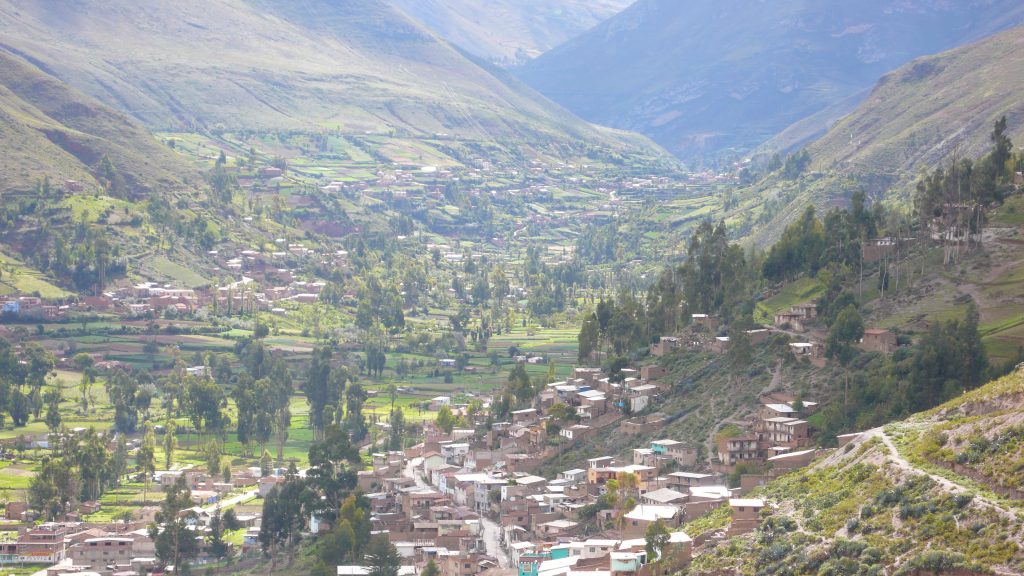
Day 1 — Lima → Tarma (Approx. 260 km, 7–8 hours with stops)
Leaving Lima before sunrise, you’ll ride east on the Carretera Central, Peru’s main artery into the Andes. The first part of the road is busy, but as you climb past Chosica, the air cools and the desert cliffs give way to green valleys. The Rimac River accompanies you on one side as trucks, buses, and locals share the winding road. By mid-morning, you’ll notice the altitude—the switchbacks lift you above 3,000 meters where the scenery turns into rugged mountains dotted with eucalyptus trees.
By late afternoon, you’ll roll into Tarma, known as the “Pearl of the Andes.” Its narrow streets and colorful flowers make it a welcoming stop after the long ride. This is also a place of traditions: farmers’ markets selling potatoes in dozens of varieties, local cheeses, and breads straight from the oven. If you have energy, you can take a short detour to the Huagapo Cave or explore nearby villages known for their textiles.
What to see: Tarma’s Plaza de Armas, Huagapo Cave, San Pedro de Cajas (textiles).
Why stop here: First acclimatization point, charming Andean town with colonial feel.
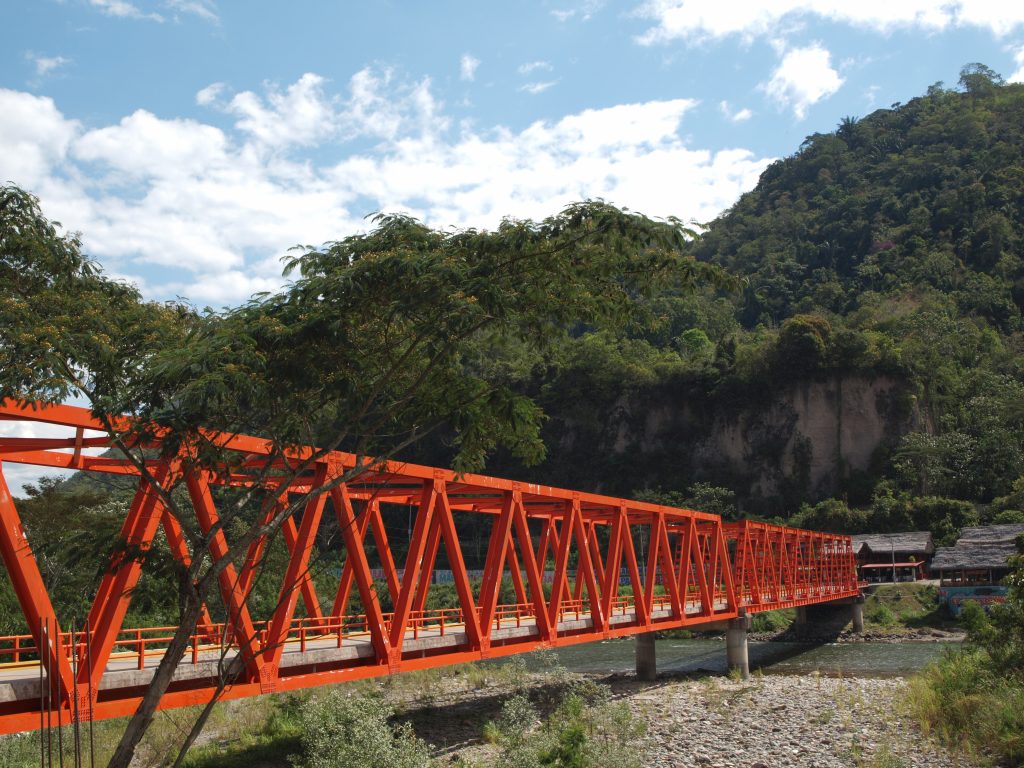
Day 2 — Tarma → San Ramón → La Merced (Approx. 130 km, 4–5 hours with detours)
Today the landscape changes dramatically. Leaving Tarma, the road descends in endless curves toward the jungle. As you drop altitude, the air grows warmer, the vegetation thicker, and waterfalls begin to appear along the cliffs. The change from the high Andes to the green Selva Central is almost instant—one of the most stunning contrasts in Peru.
Your first stop is San Ramón, a quiet town where you can hike a short path to the El Tirol Waterfall, a refreshing cascade surrounded by dense vegetation. From there, it’s a short ride to La Merced, a bustling jungle town full of fresh fruit markets, coffee farms, and cacao plantations. At night, the smell of grilled jungle dishes and the sound of music make the town come alive.
What to see: El Tirol Waterfall, coffee and cacao farms, butterfly sanctuary.
Why stop here: Gateway to the jungle, tropical flavors, vibrant local life.
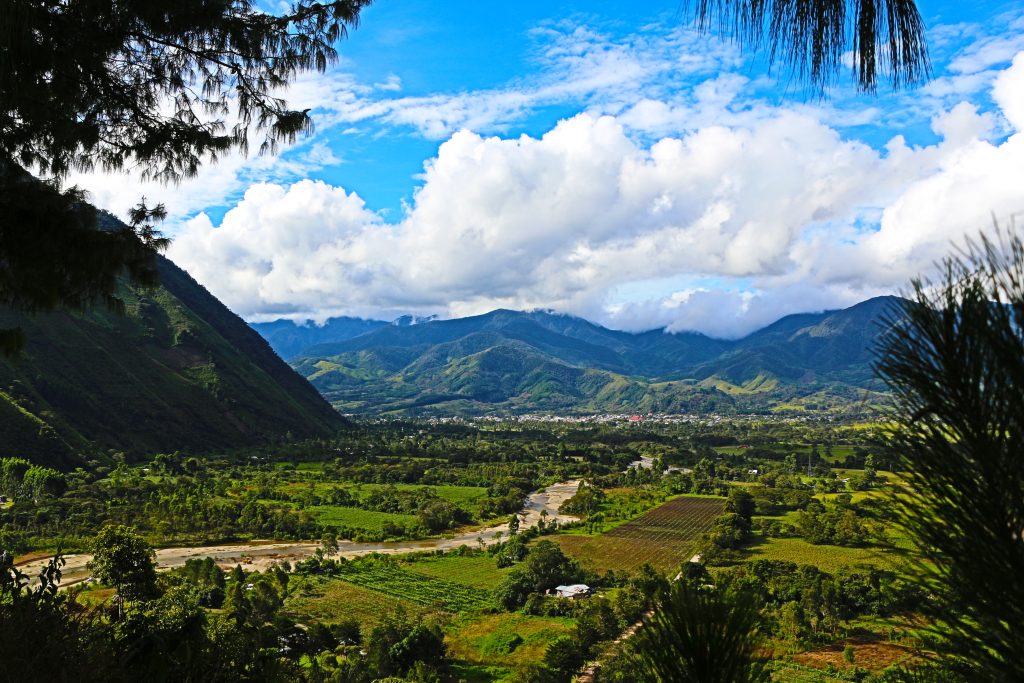
Day 3 — La Merced → Oxapampa (Approx. 80 km, 3–4 hours)
This short day’s ride is all about enjoying the curves. The road to Oxapampa climbs again through cloud forest, where mist often covers the trees and sudden views of deep valleys appear around bends. It’s a rider’s delight: narrow, twisty, and scenic, with fewer trucks than the Carretera Central.
Arriving in Oxapampa, you’ll immediately notice the change. The town feels more European, with wooden chalets, German-style houses, and a slower rhythm. This is a land of dairy farms, artisanal cheese, and sausages, perfect after a morning on the bike. Nature is all around: nearby viewpoints like La Florida or hikes in the Yanachaga Chemillén National Park offer glimpses of orchids, birds, and cloud-draped mountains.
What to see: German-style plaza, El Tigre waterfall, Yanachaga Chemillén Park, local dairy producers.
Why stop here: Unique culture, relaxed pace, mountain-jungle mix.
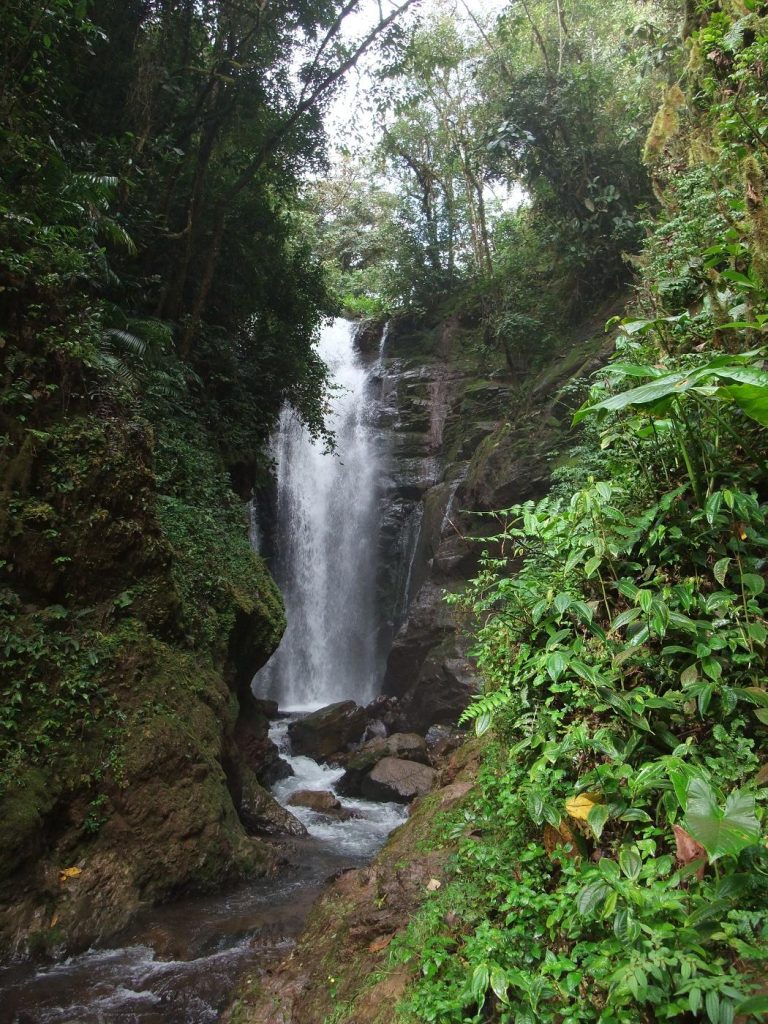
Day 4 — Oxapampa → Pozuzo (Approx. 80 km, 3–4 hours)
The ride to Pozuzo is one of the most memorable sections of the trip. The road is partly unpaved, narrow, and clings to the side of cliffs as it winds deeper into the jungle. Rivers crash below, and you’ll cross wooden bridges and forested stretches that make you feel far from the modern world. It’s slow going, but every kilometer is pure adventure.
Pozuzo itself is like stepping into another continent. Founded by Austrian and German settlers in the 19th century, it still preserves Bavarian-style houses, a white church, and even small breweries. Locals wear traditional clothing during festivals, and you’ll find sausages and beer that feel straight out of the Alps—only surrounded by dense Amazon jungle.
What to see: San José Church, settlers’ museum, German-Austrian cuisine.
Why stop here: Rare cultural blend, unforgettable ride into remote jungle.
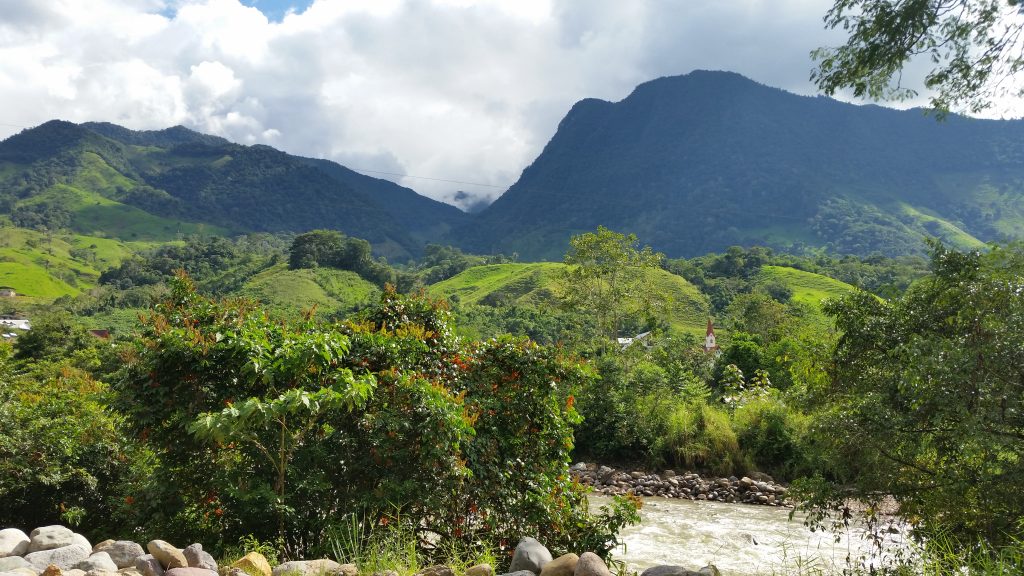
Day 5 — Pozuzo → Aguaytía (Approx. 220 km, 7–8 hours)
From Pozuzo you head north, gradually leaving behind the high jungle for the hotter, flatter terrain of Ucayali. The roads become straighter, the air heavy with humidity, and the vegetation taller and thicker. After hours of riding, you’ll arrive in Aguaytía, a jungle town along the river of the same name.
Aguaytía is surrounded by striking red-rock canyons and waterfalls that make it worth the effort. The Velo de la Novia (Bride’s Veil) waterfall cascades into a deep canyon, while the Ducha del Diablo (Devil’s Shower) thunders nearby. It’s a place where you can cool off, walk through hanging bridges, and enjoy the raw beauty of the Amazon foothills.
What to see: Velo de la Novia waterfall, Ducha del Diablo waterfall, jungle bridges.
Why stop here: Gateway to deeper Amazon, striking jungle scenery.
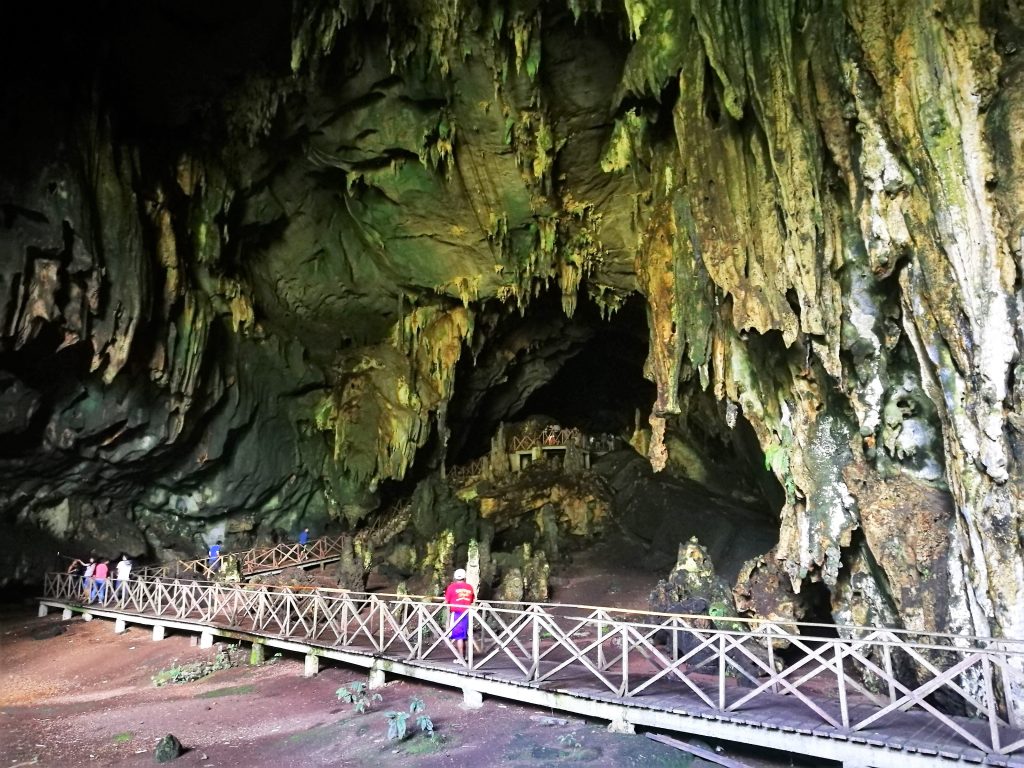
Day 6 — Aguaytía → Tingo María (Approx. 150 km, 4–5 hours)
This section follows the Huallaga River Valley, an easier ride with less altitude change but plenty of jungle beauty. The road is paved, with banana trees, cacao farms, and endless shades of green lining your route. The air is alive with bird calls and the occasional monkey darting through the trees.
Arriving in Tingo María, you’ll see the famous outline of La Bella Durmiente—a mountain formation that resembles a sleeping woman. The Cueva de las Lechuzas, a cave filled with oilbirds, bats, and echoing sounds, is the town’s main natural attraction. Jungle hikes, waterfalls, and river swims make this one of the most adventurous stops of the trip.
What to see: Cueva de las Lechuzas, La Bella Durmiente mountain, jungle hikes.
Why stop here: Classic Amazonian town, perfect mix of culture and adventure.
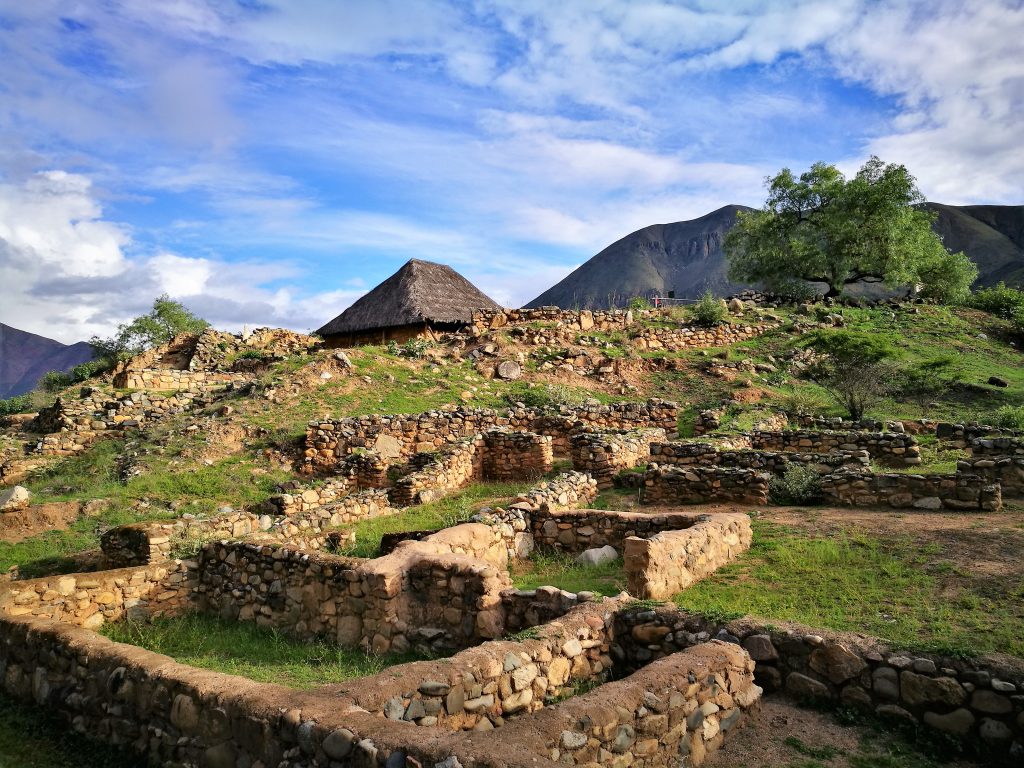
Day 7 — Tingo María → Huánuco (Approx. 120 km, 3–4 hours)
The road out of Tingo María climbs gradually back toward the Andes. As you leave the jungle behind, the valleys open into a drier, sunnier landscape. The ride is smoother here, with wide roads and less traffic, making it an enjoyable half-day ride.
Huánuco is a warm Andean city with plenty of history. Just outside town, the Kotosh Temple of the Crossed Hands is one of the oldest ceremonial centers in Peru, dating back over 3,000 years. The city itself has a lively Plaza de Armas, colonial churches, and a reputation for friendly people and mild weather.
What to see: Kotosh Temple, colonial plaza, local markets.
Why stop here: Historic city, archaeological treasures, good resting point.
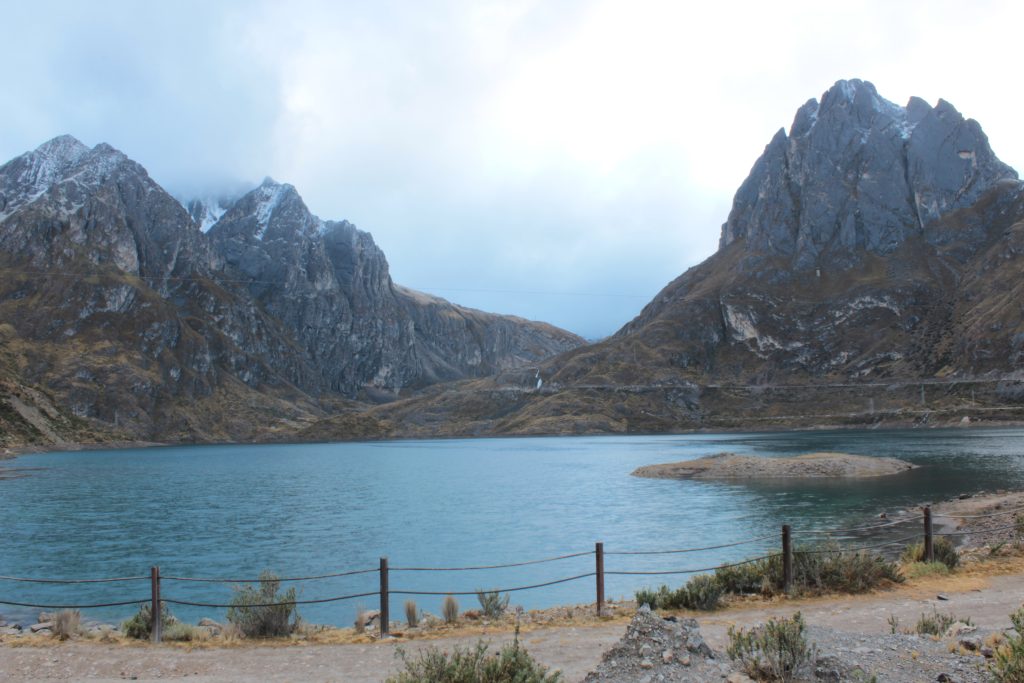
Day 8 — Huánuco → Oyón (Approx. 200 km, 7–8 hours)
This is one of the most challenging but rewarding riding days. The road climbs steeply into the high Andes, crossing desolate puna landscapes, icy rivers, and turquoise lagoons. You’ll ride for hours with few towns or villages in sight, just open sky and the occasional herd of llamas or alpacas.
Oyón is a mining town tucked among high peaks, not touristy but authentic. It offers simple accommodation and access to nearby lagoons like Patón. The altitude here is high, so take it slow and enjoy the raw beauty of Peru’s sierra.
What to see: High Andean lagoons, puna scenery, star-filled skies.
Why stop here: Remote adventure, sense of isolation and accomplishment.
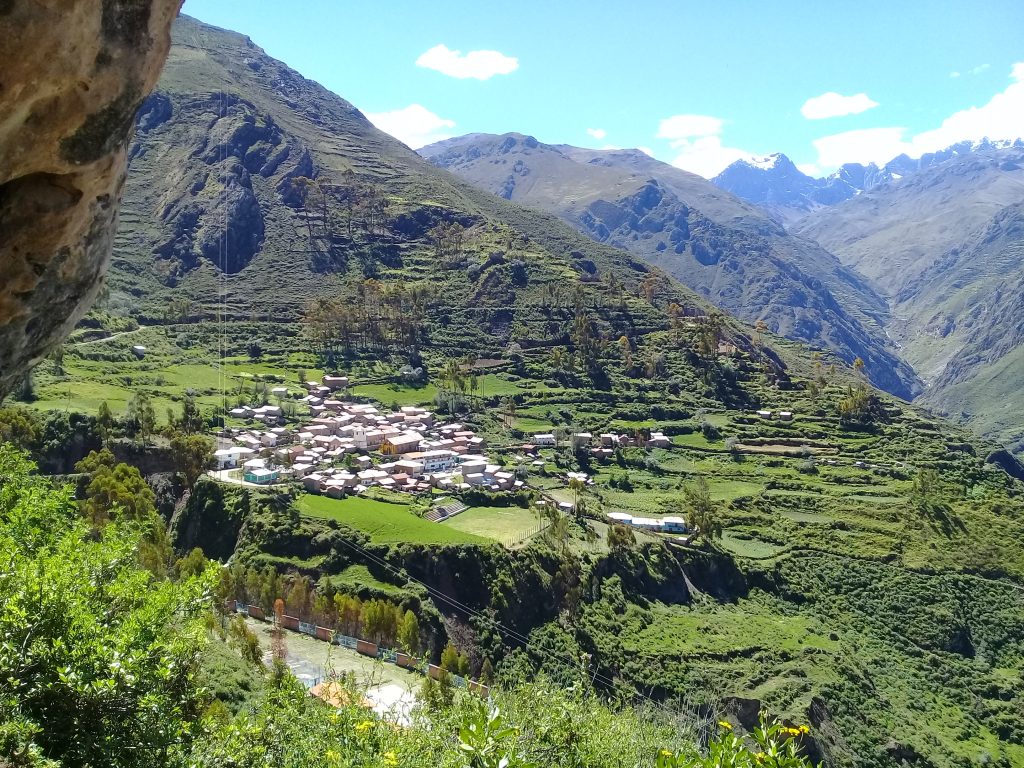
Day 9 — Oyón → Sayán (Approx. 150 km, 5–6 hours)
From Oyón you descend along the Churín Valley, a route famous for its natural hot springs. After days of riding through cold highlands, nothing feels better than soaking in mineral-rich pools at Mamahuarmi or Tingo baths. The road then winds down into warmer valleys filled with fruit orchards and vineyards.
Sayán, known as the “Land of Eternal Sun,” is a lively small town where independence hero José de San Martín once stayed. The town is cheerful, with a colonial church and markets selling sweets, wines, and traditional bread. It’s a relaxing stop before heading back to the coast.
What to see: Churín hot springs, San Jerónimo Church, local sweets and wines.
Why stop here: Warm climate, rest stop with history and good food.
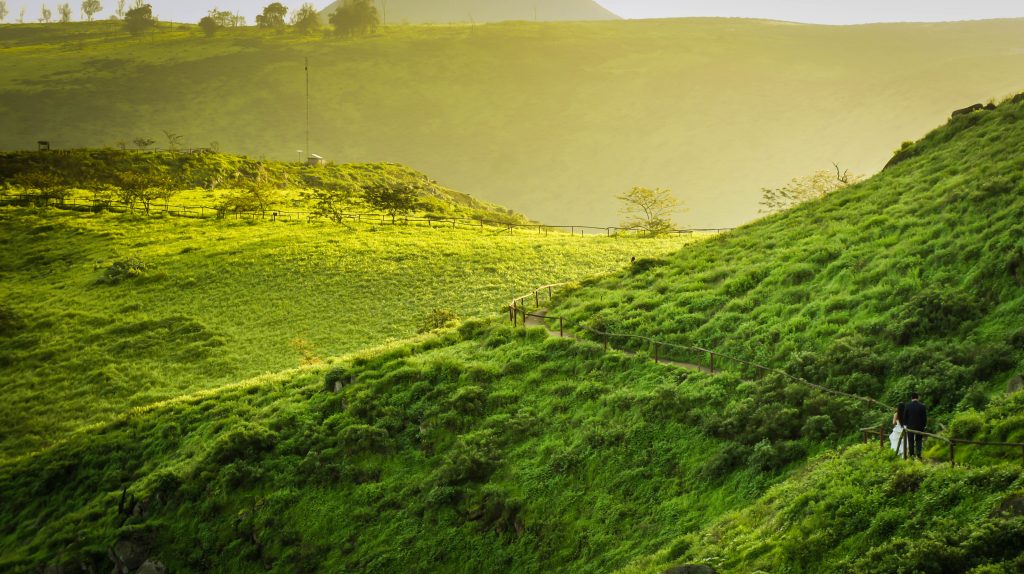
Day 10 — Sayán → Huaura → Lima (Approx. 200 km, 6–7 hours with stops)
The final stretch takes you toward the Pacific coast. The descent is gradual, passing through fertile valleys until you reach Huaura, where San Martín gave his first proclamation of independence from the Balcony of Huaura. It’s a historic moment frozen in time, worth a quick visit.
From there, you can make optional stops: Chancay Castle, a quirky medieval-inspired structure overlooking the sea, or the Lomas de Lachay, mist-fed hills that bloom with wildflowers in season. Finally, you’ll cruise down the Panamericana back into Lima, the Pacific Ocean glinting at your side—a perfect ending to ten days of adventure.
What to see: Huaura Balcony of Independence, Chancay Castle, Lomas de Lachay.
Why stop here: Historic finish, scenic coastal return to Lima.
🛣️ Route Summary Table
| Day | Route | Distance (km) | Riding Time | Altitude Range | Main Highlights |
|---|---|---|---|---|---|
| 1 | Lima → Tarma | ~260 km | 7–8 hrs | Sea level → 3,050 m | Carretera Central climb, Huagapo Cave, Tarma plaza |
| 2 | Tarma → San Ramón → La Merced | ~130 km | 4–5 hrs | 3,050 m → 751 m | El Tirol waterfall, coffee & cacao farms, jungle markets |
| 3 | La Merced → Oxapampa | ~80 km | 3–4 hrs | 751 m → 1,800 m | Cloud forest road, German-style town, Yanachaga NP |
| 4 | Oxapampa → Pozuzo | ~80 km | 3–4 hrs | 1,800 m → 731 m | Narrow jungle roads, Austrian-German culture, Pozuzo heritage |
| 5 | Pozuzo → Aguaytía | ~220 km | 7–8 hrs | 731 m → 260 m | Jungle rivers, Velo de la Novia & Ducha del Diablo waterfalls |
| 6 | Aguaytía → Tingo María | ~150 km | 4–5 hrs | 260 m → 649 m | Huallaga Valley, Bella Durmiente mountain, Cueva de las Lechuzas |
| 7 | Tingo María → Huánuco | ~120 km | 3–4 hrs | 649 m → 1,893 m | Kotosh Temple, colonial plaza, Andean warmth |
| 8 | Huánuco → Oyón | ~200 km | 7–8 hrs | 1,893 m → 3,620 m | High Andes puna, turquoise lagoons, remote riding |
| 9 | Oyón → Sayán (via Churín) | ~150 km | 5–6 hrs | 3,620 m → 1,520 m | Churín hot springs, Sayán markets, sunny valley |
| 10 | Sayán → Huaura → Lima | ~200 km | 6–7 hrs | 1,520 m → Sea level | Huaura Balcony, Chancay Castle, coastal Panamericana |
 Why Ride This Route by Motorbike with Scoolter
Why Ride This Route by Motorbike with Scoolter
There’s no better way to experience this journey than on two wheels. A car will get you there, but a motorbike puts you in the heart of Peru’s landscapes—you’ll smell the eucalyptus in the Andes, feel the jungle mist on your face, and stop anywhere along the road for a waterfall swim or a mountain photo.
At Scoolter, our fleet of reliable and adventure-ready bikes is perfect for this kind of trip. We provide:
Well-maintained motorbikes built for both asphalt and rougher jungle roads.
Personalized route advice and GPS support.
Saddle bags, phone holder, 360 cameras, delivery service and many other additional stuff offered to you.
A rider community that shares your spirit of adventure.
This 10-day loop is a once-in-a-lifetime journey, and doing it by motorbike means turning every curve, climb, and descent into part of the adventure.

